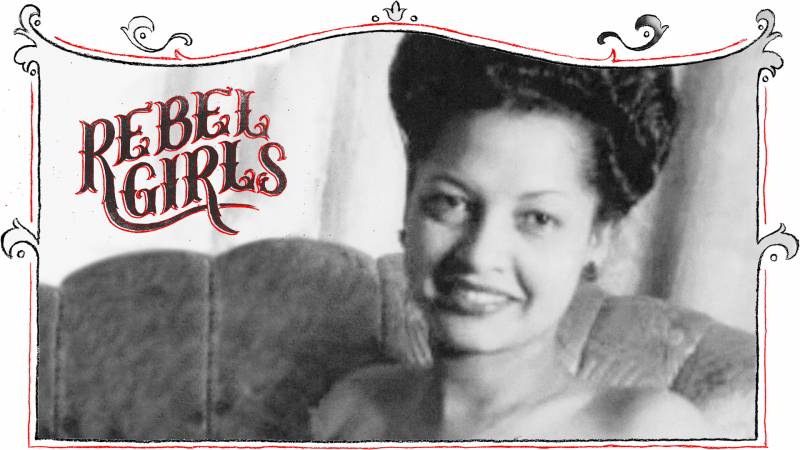She was considered the Queen of the Fillmore, back when the neighborhood was still nicknamed the “Harlem of the West.” She was one of the first women of color to ever own and run a Bay Area nightclub. And when the San Francisco Redevelopment Agency came for her crown, Leola King fought back, over and over again.
King arrived in San Francisco from Los Angeles in 1946, at the age of 27. She would call the Fillmore home for the next 64 years. Her most famous venture, the Blue Mirror Cocktail Lounge—famous for hosting jazz greats like Louis Armstrong and Dinah Washington—came only after King had brought people from all over the city to the Fillmore via her barbecue pit.
Oklahoma King’s was named for her birth state, lovingly constructed at 1601 Geary out of a log cabin, and featured a smoke pit that was visible to outside foot traffic. The meat on King’s menu, including smoked buffalo, deer and quail, was so popular that she often worked around the clock, sometimes opening at 10am and not closing until 4am the next day.
“I was busy all day, all night, lines outside,” she told the Oral History Archives Project in 2007. “On Cathedral Hill, coming down the hill, I had a tall, about a 50-foot smoke stack that put the aroma in the air that was just terrific, and people would drive around trying to find the place where this beautiful smell was coming from.”
At the end of 1947, when the City Planning Commission submitted a $52 million proposal for rebuilding a 36-block zone enclosed by Van Ness, Webster, McAllister and Geary, King began to be regularly approached by the San Francisco Redevelopment Agency. By her own estimation, King told them the restaurant wasn’t for sale “three or four times.” One morning when she arrived to open up, she was greeted by the sight of a bulldozer—and an empty space where Oklahoma King’s used to be.



